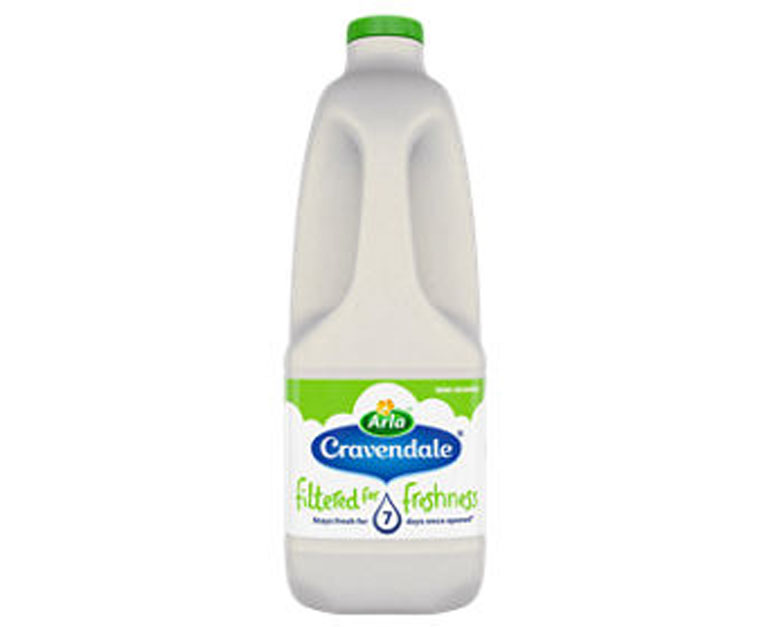
In food use, from 1961, the term milk has been defined under Codex Alimentarius standards as: "the normal mammary secretion of milking animals obtained from one or more milkings without either addition to it or extraction from it, intended for consumption as liquid milk or for further processing." The term dairy relates to animal milk and animal milk production. The term milk comes from "Old English meoluc (West Saxon), milc (Anglian), from Proto-Germanic * meluks "milk" (source also of Old Norse mjolk, Old Frisian melok, Old Saxon miluk, Dutch melk, Old High German miluh, German Milch, Gothic miluks)". More than six billion people worldwide consume milk and milk products, and between 750 and 900 million people live in dairy-farming households. The US CDC recommends that children over the age of 12 months should have two servings of dairy milk products a day. New Zealand, Germany and the Netherlands are the largest exporters of milk products. Because there is an ever-increasing demand for dairy products within India, it could eventually become a net importer of dairy products. India is the world's largest producer of milk and the leading exporter of skimmed milk powder, but it exports few other milk products. In 2011, dairy farms produced around 730 million tonnes (800 million short tons) of milk from 260 million dairy cows. Īs an agricultural product, dairy milk is collected from farm animals. Milk contains many nutrients, including protein and lactose.

Early- lactation milk, which is called colostrum, contains antibodies that strengthen the immune system, and thus reduces the risk of many diseases. Immune factors and immune-modulating components in milk contribute to milk immunity. It is the primary source of nutrition for young mammals (including breastfed human infants) before they are able to digest solid food. All milk is rich in nutrients such as calcium, protein, potassium, riboflavin, B12, vitamin D and A to name a few! Choose the milk that suits your goals, preferences and overall food pattern.Milk is a white liquid food produced by the mammary glands of mammals. If your cholesterol is high or you are trying to lose weight, it might be worth the swap to reduced fat products.
Semi skimmed milk meaning full#
The consensus? If you are happy with your weight and your cholesterol is fine, full cream milk is no problem. Although some fat assists the absorption of fat-soluble nutrients such as A, D, E and K and can make us feel more satisfied, drinking large amounts of full cream milk may add to your waist line. Hardly worth the worry! However, there are more calories in full cream milk due tot the fat: 1 cup has 665kJ compared to 368kJ in skim milk. Component per 100mLĪs you can see, there is 4.8g of sugar in 100ml of full cream milk compared to 4.9g in 100ml of skim. Below is a comparison of Dairy Farmers full cream milk and skim milk products per 100ml.

It is a natural, low glycaemic index sugar, called lactose. It is also important to remember the ‘sugar’ in milk is not ‘added’ sugar. There will be slightly more carbohydrate, protein, sugar and calcium. When you remove the fat, it means that the other components of the milk will be higher in content.


While it’s true, the extra sugar is minimal. One of the most common reasons dietitians find people ditch skim milk for full cream milk is that they have heard that skim milk contains more sugar.


 0 kommentar(er)
0 kommentar(er)
